How we achieved 108% year-on-year growth in leads for an established Aussie business
We launched Fluid Marketing a little over two years ago now.
One of the early adopters of this service was an Aussie business that assists individuals and businesses in dealing with and overcoming financial challenges. As well as offices across Australia, they’ve expanded their service delivery to New Zealand and the UK. Although Webprofits works with the client in all of these countries, this case study will focus on performance and activity in Australia only. Just to keep it simple.
This client has a driven organisation, with a focus on growth through an increased number of leads each month. A lead for them is someone who enquires about their services, either via a webform, a phone call or through the chat function on their site, all of which are tracked in Google Analytics. These leads are then qualified before being passed on to a client handler, so it is essential that the leads generated are of a certain quality. So-called “tyre kickers” or time wasters eat into people’s time and create inefficiency, so it’s not a case of getting every possible lead, but rather about getting the right lead.
What is Fluid Marketing?
Now that you’ve got a bit more of an idea about the client, I’d like to give you an overview of Fluid Marketing, the service we delivered for them.
We launched Fluid after having noticed a shift in the digital marketing landscape. It was no longer as simple as it used to be to approach marketing channel-by-channel and expect to achieve exceptional results. It’s far more effective to take a holistic approach and ensure that all marketing channels combine to deliver results.
Each Fluid client is assigned a team with strengths across all digital activities, almost like an outsourced, full-complement marketing team. The size of the team can vary depending on the scale of the strategy, but will usually include:
- 1x Fluid Lead
- 1x CRO Producer (covering CRO, PPC, Email & Design)
- 1x Social Media Producer
- 1x SEO Producer
- 1x Content Producer.
The Fluid Lead is responsible for developing the strategy, and ensuring it is implemented correctly. They can be compared to a CMO or Director of Marketing if you are trying to make a comparison to traditional internal roles.
This hungry team of experts then collaborates and works together to maximise the performance of the overall strategy. Though some of their activities will only benefit the channel/department that they reside in, they are expected to think about how they contribute to the strategy outside of that bubble.
This can be tricky to explain, so here is visual representation of how each channel connects with the others at a very high level
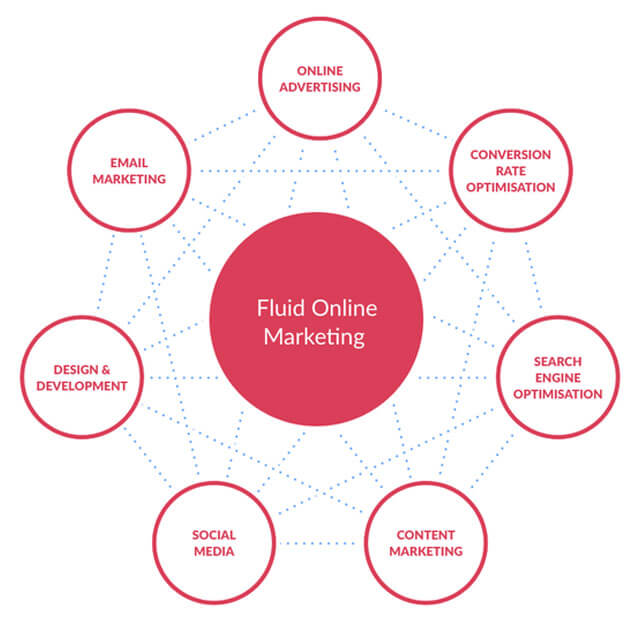
If it’s not clear just yet, don’t worry. It should become apparent as you progress through this case study.
What’s important to note is that the strategy is not thought of as a number of different marketing channels or tactics layered on top of each other to deliver a stack of results, but rather a mix of actions that combine to deliver something much greater.
So instead of categorising by marketing channel, I’ve broken this case study down by core focus areas that contributed to our overall strategy. Every marketing activity we undertook essentially fell into one of three sections:
- Lead Generation
- Content Marketing
- SEO
By delivering the strategy set out below, we produced considerable results.

As you can see, the results in terms of both traffic, and more importantly, leads, grew over time. Coming from a starting point of having done no digital marketing, we excelled in the first year, but Fluid Marketing is really a long term strategy that builds over time.
The key takeaway after two years is that Year 2 yielded 108% more leads than the successful first year.
Just before we get into it, one last quick note – this time about chronology in this case study. There isn’t any. As most of the work was implemented simultaneously I have structured it in an order which I think makes it easiest to understand.
Right – let’s get started.
Lead Generation
As with most Fluid Marketing clients, this client’s primary objective was growth in the form of leads and sales. While there were a number of medium-to-long-term strategies we executed to generate enquiries on an ongoing basis, we also invested significant time and effort into short-term lead generation tactics, which could then be scaled up.
The objective of these tactics was to directly contribute to a return on investment in the immediate time period. There are a number of ways that businesses do this, with pay per click marketing (either through Google or Facebook) being the most effective.
However, it’s not enough to set up PPC campaigns and have them continue to run. In order to achieve the best results, and to be able to scale those results, you need to invest in a number of activities.
Landing Pages
All PPC activity drove traffic to a landing page. These pages were designed specifically in relation to the keyword or topic which was being advertised.
For example, there are several key terms which interest this client’s potential customers, such as Administration and Liquidation. While you could have one generic page (e.g. a homepage) that covers a range of topics, you’re far more likely to achieve success (a high number of leads at a low cost per acquisition) by creating landing pages for each.
The idea is to make it as easy as possible for the visitor to find the information that is relevant for them to make a purchasing decision (or in this case, a decision to submit their details for a call back).
We created a number of these as our advertising campaigns expanded. Here’s are two such examples for the topics mentioned earlier.
Liquidation

Administration

Though design is a significant factor in the success of these pages, the objective is still to make sure that the visitor has all of the information necessary to make a decision. To that end, the copy on the page is arguably even more important, with the headline often being referred to as the most essential part of a page.
Good copywriting is no easy task, and the challenge here was to accurately get across all of the information, while also promoting the benefits of using the client.

With the client having never done PPC advertising in the past, one of the very first things we did was set up landing pages based on the information we gathered about their business, and applying Conversion Rate Optimisation (CRO) principles to the design and copy.
Ongoing optimisations are critical though, and so we monitored the performance of the pages and updated the design and copy based on data that we gathered about user experience.
Implementing and updating landing pages made a significant improvement in performance, with the Liquidation campaigns showing an increase in conversion rate by 136% following the launch of a new page (Aug – Sep 2016).
Mobile Design Optimisation
It doesn’t take a genius to know that mobile users perform differently to desktop users. There’s a lot less space, and information is digested differently. Though desktop traffic initially outweighed mobile 3 times over, we soon found that mobile traffic was converting better.
This caused us to focus our efforts on improving the experience for mobile users even further. There are a number of CRO principles that relate specifically to mobile, and these were successfully implemented.
One key principle was making the phone number more prominent in the header, and having the header follow the user as they scroll down the page. With “click to call” implemented, phone calls are a much easier conversion to generate than web forms when it comes to mobile.
Not only that, but a completed web form runs the risk of not being able to get hold of the enquirer. So long as you answer the call, you have no risk of not being able to get hold of the person who enquires.
Trustpilot
An important factor in converting a visitor will always be how much trust they have in your site/brand/service. It’s the reason why all good sites have logos that show who they work with or are affiliated with, list testimonials from other clients, and have pictures of their employees/team. All of these elements on a page are designed to increase your trust in a brand in order to encourage conversion.
The big problem around this, however, is authenticity. As a user, how can you be sure that the testimonials or icons you’re seeing are genuine recommendations of a company? Well, there are a number of platforms out there who act as impartial, 3rd party collectors of this information which you can then display on your site (there are several more benefits as well that I’ll come to shortly).
For this client, we signed up with Trustpilot , who claim to have 32 million consumer reviews of 180,000 businesses worldwide. The setup process is really simple, and allows you to email your existing database of clients to get your first few reviews live and displayed on your site.
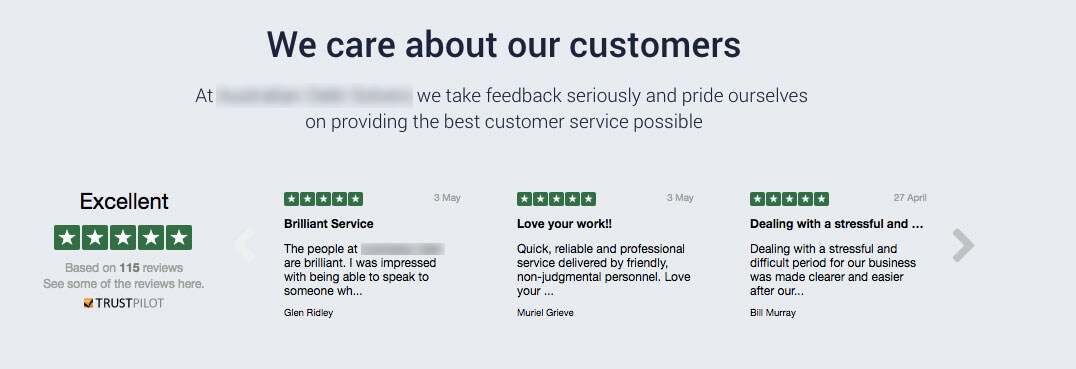
The more reviews you receive, the more trustworthy your brand appears and you can promote this via a widget that can be displayed on the site. Trustpilot (like many other providers) integrates with your AdWords account. The result is that your 1-5 star rating appears below your search ads, providing users with a trust indication before they’ve even reached your site. This is designed to assist with bringing down your cost per click as well as improving your conversion rate.

Create Paid Search Campaigns
Paid search campaigns are the bread and butter of any lead generation campaign. There is no ‘hotter’ lead than one from a user that is searching for your product/service at that moment. They are right at the bottom of the marketing funnel, and ready to convert! This is particularly true in the debt solving industry where there are thousands of searches every month for people looking for solutions.
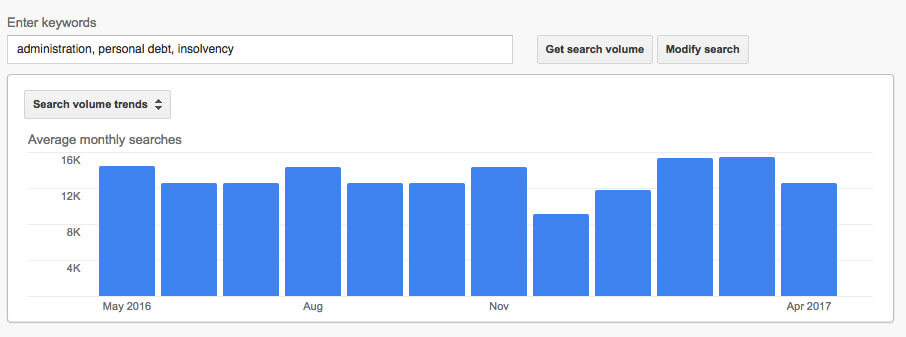
We created campaigns that matched the landing pages that we set up, but broke them down into much smaller categories. For example, rather than just setting up ads for the broad term “insolvency”, we also created ad groups for “insolvency lawyers”, “company insolvency”, “Insolvency advice”, etc.
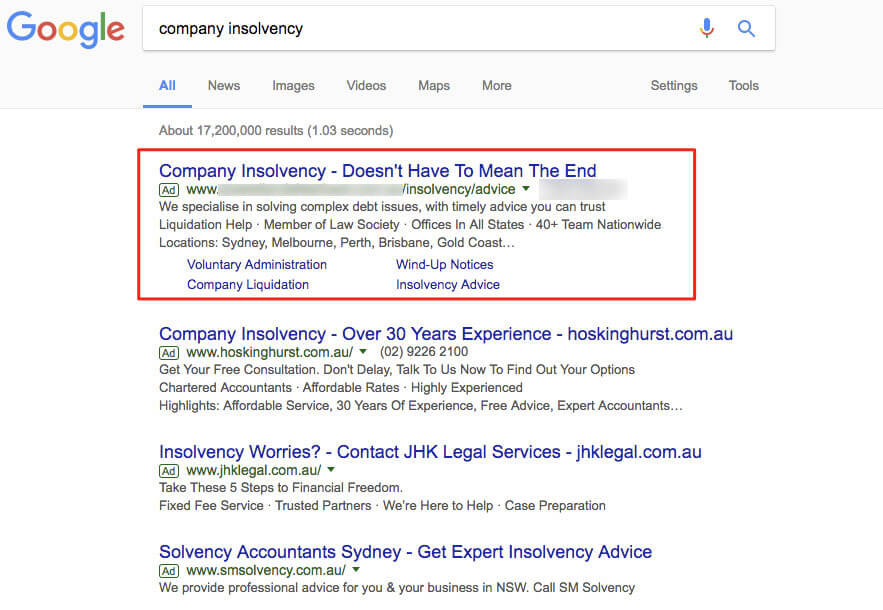
Optimise Paid Search Campaigns
What people often forget is that Paid search is not a fire-and-forget tactic. What converts brilliantly today won’t always convert brilliantly next month. You are always competing in an auction that happens in real time. Competitors can enter the auction with nothing but a cost barrier; they will also regularly adjust and optimise their campaigns in order to beat you.
To really win in the long term you need to constantly optimise your message, copy and bids. You should be regularly conducting competitor research to see what other brands are saying in their ads, and ensure that your ads stand out from the rest.
Landing page optimisations can play a key role in improving the performance of AdWords campaigns, but you also need to monitor your search query reports to ensure that your ads are only appearing for relevant search terms. A healthy AdWords account will always have a mix of broad, phrase and exact match keywords, as well as a bank of negative keywords that you don’t want to appear for.
For this client, ads were regularly rotated and split tested to see what message worked better for different topics/keywords and audiences.
These optimisations happen on an ongoing basis each and every month to get the best results. However, we also occasionally perform an audit of the overall account. These audits are great, as looking at the same information regularly can make it difficult to see ‘the wood from the trees’. Stepping back and taking a broader looks allows you to spot trends, patterns, and changes that aren’t always easy to spot when looking at the same data each month.
Create Display Ad Campaigns
Display advertising is less direct than search. Your ad appears as a banner/creative on sites which take a small commission from Google to allow ads. It still works on a pay per click principle and is one of the oldest forms of online marketing, so you really should know about it.
With Google Display, you can target users in a number of different ways. We started by focusing on having the ads display on pages whose content contained the topics we were advertising for.
The potential reach for the display network is huge, so we limited it to three topics to start with in order to not blow out the budget.
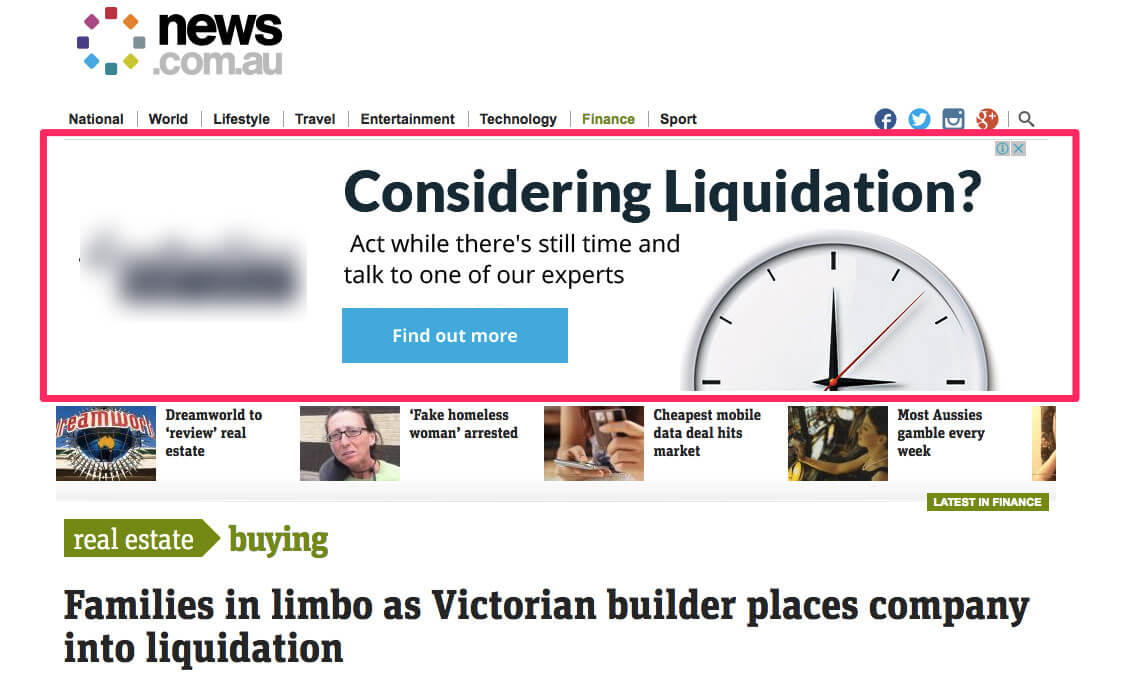
Over time, we were able to spot that ads appearing on certain pages converted really well (and ads on other pages didn’t convert at all). We took the successful sites and added these as Placements in our targeting – this essentially told Google that we definitely wanted the creatives to appear on these sites when the keyword/topic was mentioned.
As with search, display ads need ongoing optimisation in order to continue producing positive results. The keywords and placements were reviewed on an ongoing basis, but we also split tested the ad creatives.
It’s important that the message and display of the creative is repeated on the landing page that it leads to. This smooth transition gives the highest possible chance of conversion.
Google Remarketing
Regardless of how well optimised your landing pages are, you won’t be able to convert 100% of your visitors. There are a number of reasons why they don’t convert right away (not ready, lack of time, something distracts them, etc), but with remarketing you can show them display ads to remind them of your brand/service and bring them back to your site.
Set up as an additional audience in the Display network, we created remarketing audiences made up of users who had already visited the site.
Paying twice for a user that didn’t convert the first time isn’t always cost effective, so we focused on the topics and types of leads that have the biggest payoff for the client. This ensures that the extra cost won’t greatly affect the ROI of the transaction.
As well as running display ads, we set up remarketing for search. This means that if a user came to the site, didn’t convert, and then searched for something relevant again, we were able to bid higher knowing that we have already established some sort of relationship with them. The familiarity with the brand should assist with the conversion.
Though they don’t make up a huge portion of the campaign, remarketing campaigns are incredibly helpful. They contributed roughly another 10% of conversions on top of the AdWords total each month.
Bing Ads
Bing is often seen as inferior to Google in every way. It only makes up a fraction of the search market in Australia, but it is far less competitive (and therefore a lot cheaper).
Bing know that they struggle to capture marketers’ time and so have created APIs to allow you to upload your entire AdWords account, and then sync them on an ongoing basis so that you only need to make changes to one account rather than both.
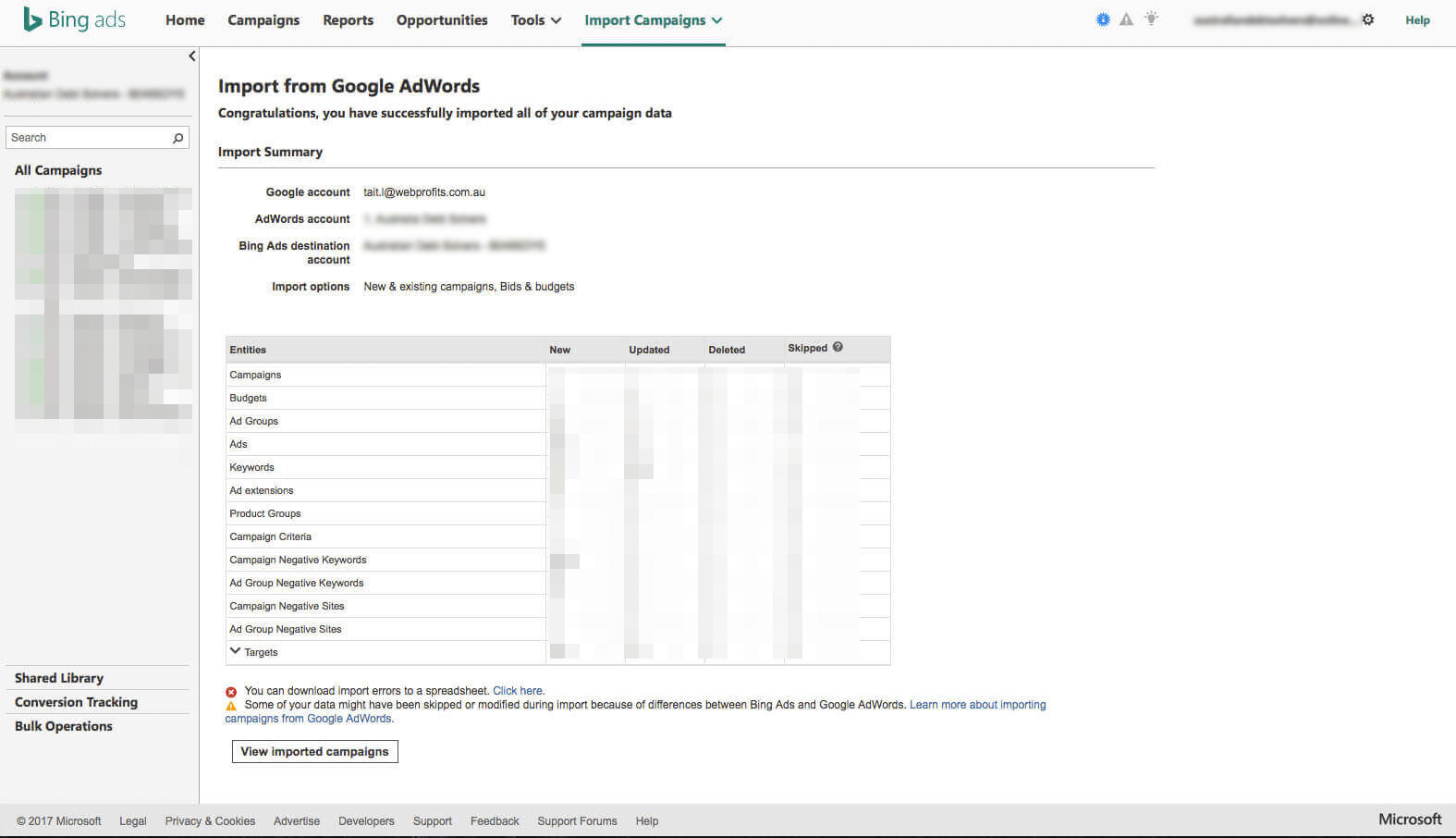
Through Bing we were able to contribute an extra handful of enquiries every month with minimal effort.
Facebook Ads
With 1.8 billion users worldwide (and 16 million in Australia) any business that is serious about growing needs to have a detailed Facebook strategy. I’ve heard “Facebook doesn’t work for my business/niche” before, and I’ve even thought it in a previous role – but this position is so wrong that it hurts.
There are a number of ways to use Facebook, and I’ll go into a number of them in this case study, but this section will focus only on using Facebook ads to generate leads immediately.
Like AdWords, Facebook ads also work on a cost per click basis, but differ in that ads are triggered by choosing audiences rather than keywords. The audience is far more targeted than Google’s for the display network.
However, one thing holds true for both – you need a dedicated landing page for each topic in order to get the best results. We were able to use the same landing pages that were created for AdWords campaigns, as the topics and messages we were using were the same.


Having conducted an analysis of the target audience, we were able to pick out locations, interests, demographics, and characteristics of audiences in Facebook that matched.
To get even more granular with our targeting, we incorporated data from Experian. Experian have teamed up with Facebook to provide (anonymous) data about spending habits and financial status. As you can imagine, this data is priceless for a company in the personal finance space. We were able to use this data to further categorise the audience, thus reaching users who matched information on more than just a demographic level.
All of that being said, Facebook ads were even more of an ongoing optimisation process than AdWords. These audiences were tested with different messages until we were able to find combinations that delivered the CPA we were looking for. Once these were identified, we continued to refine the message and targeting in order to be able to scale the growth.
Another fantastic – and successful – feature in Facebook ads is Lookalike Audiences. Facebook are able to to create audiences that look like people who trigger your pixels or, more specifically, people who convert on your site.
We created audiences of people who ‘looked’ like other users that had completed webforms on the client’s website rather than individually selecting demographics or granular financial information. These ad sets now deliver the majority of conversions for the campaign.
Facebook Lead Ads
After a couple of months of running successful, ROI-positive Facebook ads, we implemented Facebook Lead Ads. Rather than taking the user off Facebook and onto your website, Facebook Lead Ads capture the user’s details (auto-filling the information it already has like name and email address) on a webform within the Facebook platform.
As a general rule, the fewer steps there are for a user to convert, the more likely they are to convert. This definitely was the case with these lead ads, as we saw an immediate improvement in the volume and cost of the leads.
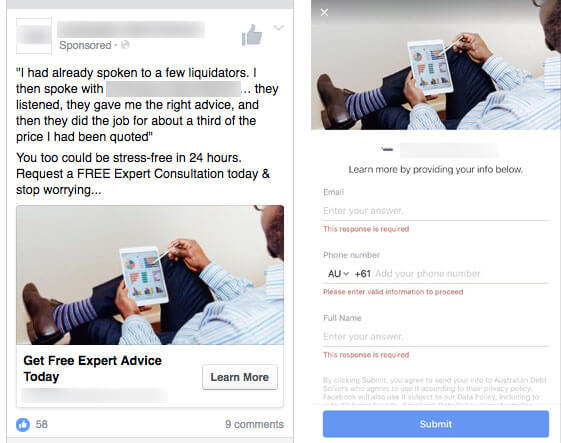
Over time we were able to get more and more targeted. One particular campaign targeted small mining towns where the main mines in the area had closed down, leaving many of the small businesses in the area in financial difficulty.
LinkedIn Ads
Like Facebook, there are a variety of ways to incorporate LinkedIn ads into your strategy. This section will focus only on using LinkedIn to generate immediate enquiries.
LinkedIn works on an audience targeting basis, like Facebook. But being a business-related platform, we focused on using it as tool to generate business debt-related enquiries (as opposed to personal).

LinkedIn has a lot less real estate when it comes to ad space, and as a result, the CPC is significantly higher. With the lack of lookalike audiences, and fewer targeting options than Facebook, it can be difficult to get significant ROI.
Content Marketing
Content marketing is often thought of as a channel in it’s own right, but it’s not. Arguably, it is the approach which combines the most channels in order to achieve success. SEO, lead gen, email marketing, paid advertising, social media, CRO and more – all are needed if you are to build a successful, scaleable content marketing approach.
The concept of content marketing is to create (and distribute) content around your niche in order to attract customers at the top of the funnel. Through further content and other nurturing techniques you can then move customers through your sales funnel towards an eventual conversion.
This content can take a variety of forms. Articles, images, videos, guides, books, ebooks, calendars … the list goes on. What’s important is to find the types of content that resonate with your audience and create content that is so good that your audience can’t help but share it.
Topics for content creation can be found in every niche (if you think about it hard enough) but we were fortunate when developing this client’s content strategy that personal and business debt has a plethora of topics people are interested in.
Before getting into the detail of what we did, I want make clear that every tactic/action in content marketing can be placed into one of three categories:
- Content creation
- Content promotion
- Post-consumption actions.
Now, let’s get into it.
Content Creation
Unsurprisingly, it all starts with how you create content and what you create it about. The “ideation” phase is an essential part of the planning process.
You could just try an “I think my audience want to know about this” approach but, with so much data and so many tools at your disposable, that’s naive, inefficient, and – quite frankly – a waste of time.
Ideation
As well as the obvious benefit of generating leads, we were able to extract data from PPC campaigns to determine what keywords were most valuable in terms of volume and high conversion rates.
This kind of keyword research allows us to focus our content efforts on topics which we know a) people are searching for in high volume and b) can and will provide a return in immediate conversions.
We also use tools such as Buzzsumo to find out what other topics are being written about in the space, so we can emulate and improve on them as well as trigger ideas about what new topics to write.
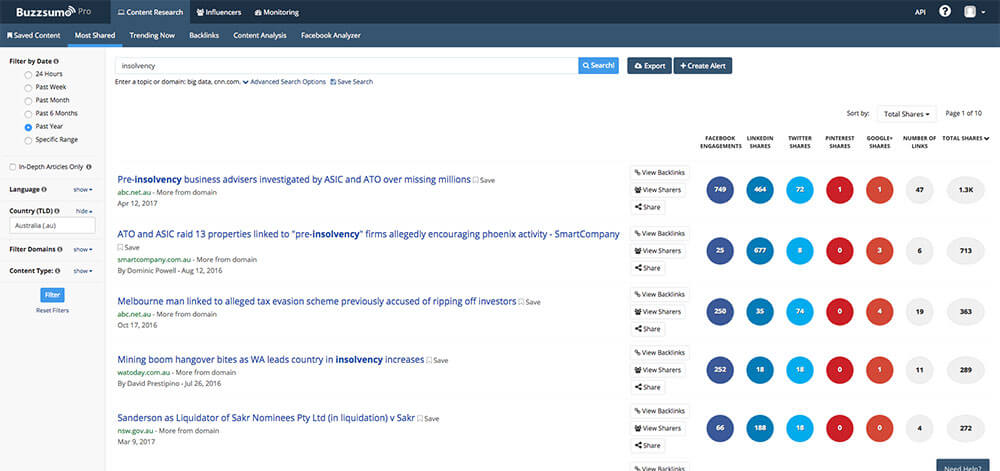
We then create a log all of the ideas, prioritise them and place them into a schedule so that we have a plan for consistently delivering content. A constant and consistent message is far more effective than sporadic content.
Writing New Blog Articles
Blog articles are not necessarily intended to generate conversions after someone reads them for the first time. They are written as informational pieces and, although we can include calls to action, the topics tend to be more interesting to people in the research phase rather than the purchasing phase.
The topics for this client’s content strategy were born from our keyword research and brainstorming. We looked for questions that the audience were regularly asking Google using the AdWords Keyword Planner and created articles around those specific topics.
Despite not expecting a significant number of conversions to come from content, each piece does its part in adding to the traffic coming to the site.
That being said, we were able to create one article which has gone way beyond that. This particular article (sorry, I can’t say which one) has generated more than 80 conversions a month for the past few months.
It just goes to show what the possibilities are if you absolutely nail the ideation and promotion of a content piece.
Guest blogging
Guest blogging is the process of writing content that is relevant to your niche, with the intention of having it posted on someone else’s website. While a competitor may not be willing to distribute your name and service, there are always services that run complimentary to yours which would.
For example, we posted articles on finance or small business blogs, featuring one of the client’s key employees as the author.
If you have a blog and receive emails that have been sent to your website’s “hello@” or info@” (or other variants), then you’ve no doubt seen emails come through offering this kind of thing. If you have, then you can imagine how difficult it is to get websites to agree to it, regardless of how beneficial it is for their audience. It can be done though.
Our approach is almost always to contact sites after we’ve actually written the piece. It seems like a good idea to pitch an article before you go ahead and have it written, but the truth is you’re way more likely to have an article accepted if you simply provide it to the publisher right away – meaning there’s no additional work they need to do at all. Plus they can see right away that the piece is of high quality and a good fit for their audience.
The targets were identified based on the popularity and relevance of the sites to the client’s target audience. We searched for business blogs in Australia and audited their competitors as well as other sites owned by influencers in the space.
As a quick tip, once you’ve successfully appeared in one article, be sure to mention it in your outreach to try and get mentioned in more.
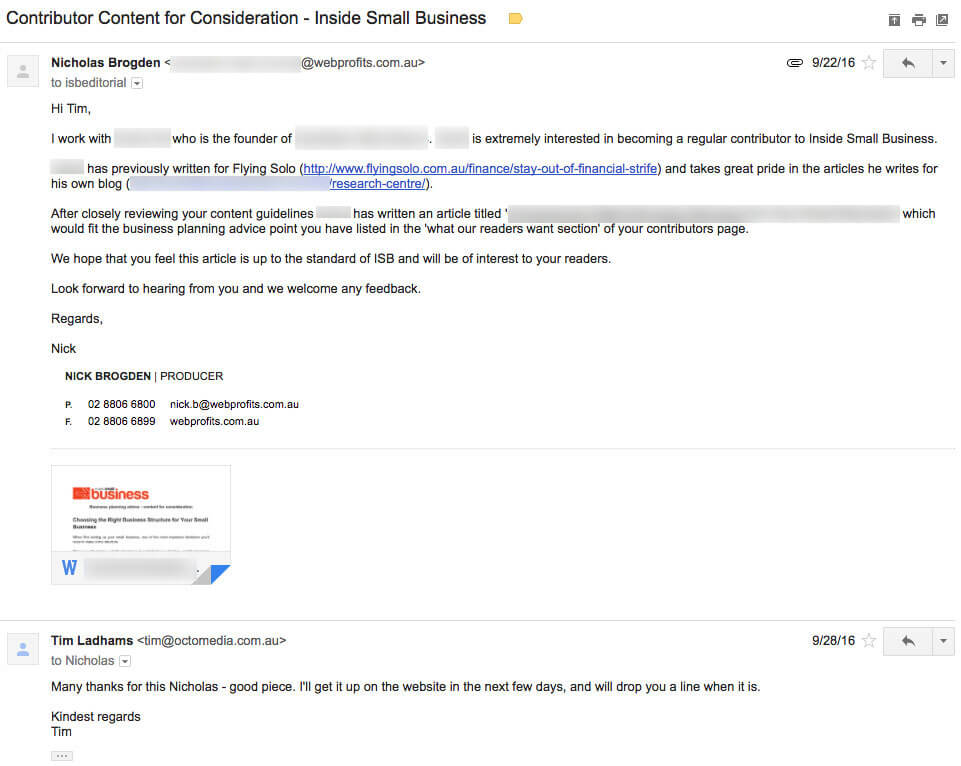
Special Reports/Lead Magnets
Special reports are pieces of content that require far more effort than a standard blog article but they also differ in one important way – they are gated. This means that they can only be accessed by providing an email address.
These reports are very specific, very detailed, and provide a lot of value to the reader. Because of this, they are great at establishing a relationship with the individual. (I’ll be explaining why this is important later in this case study).
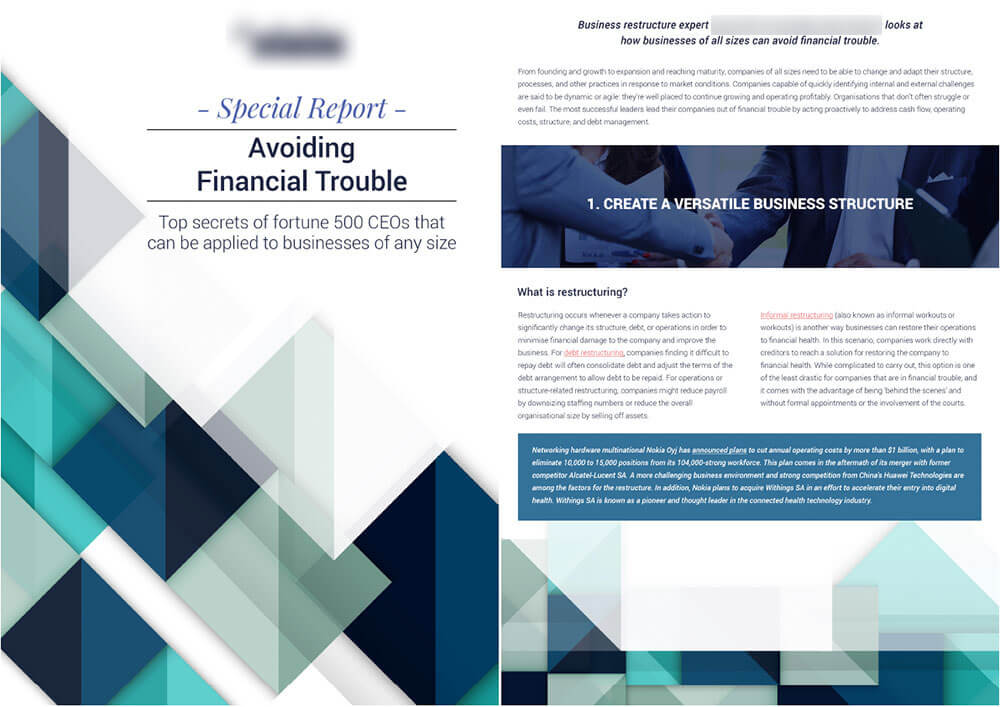
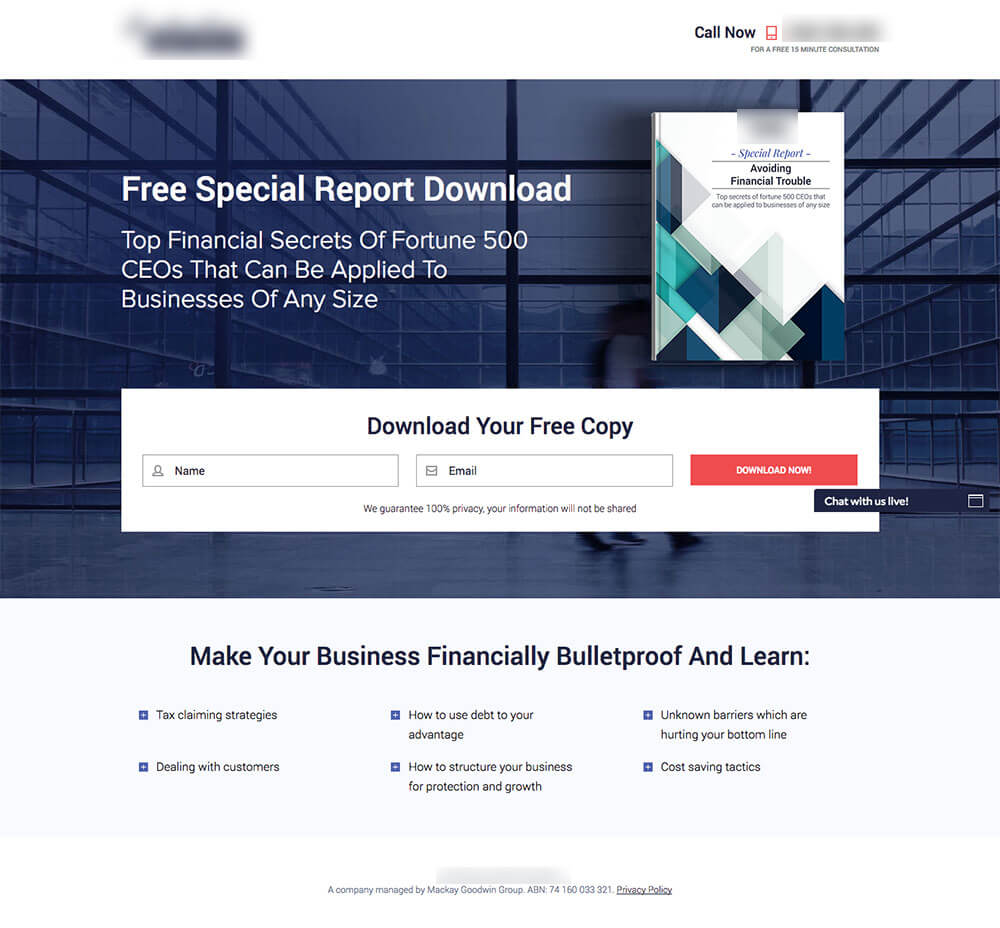
Because they are quite detailed and require an email address to access, it’s necessary to create a landing page that describes what the user will get in return for their email address. These are usually much simpler than a lead-generating landing page.
Content Promotion
Promotion is arguably the most important part of content marketing. You could create a life/business changing article/video/image but if nobody ever sees it, what’s the point? It’s like the old saying “if a tree falls in the forest but nobody is around to hear it, does it make a noise?”.
Content promotion takes a variety of different forms, and each one works differently for each type of content. What works for one doesn’t always work for others, so it’s important to try different approaches for each piece and measure the success.
We promoted each type of content differently, and I’ll be going through some of those methods here.
Email Outreach
Though one of the most time consuming approaches to promotion, email outreach to influencers and bloggers can be one of the most effective. It can be done before or after the piece has been created. It’s often more effective to do it before the piece is written to ensure that the content speaks to the audience of the person you want to share it.
Not to be confused with guest blogging, email outreach has an entirely different purpose. The aim of email outreach is to get someone to share your content to their audience – they are sending people directly to your website in order to consume it.
By doing so, they are giving your content (and thereby, you) a big stamp of approval. This can come in a number of forms – like email, social media, or linking within one of their own pieces of content.
For some of the client’s blog posts, we reached out to a number of people/businesses included and successfully had them share it with their audiences.
As I’ve mentioned before – everyone receives emails like this regularly asking them to share content and it doesn’t usually work. However, here is an example of an email that we used for outreach that did end up being successful.
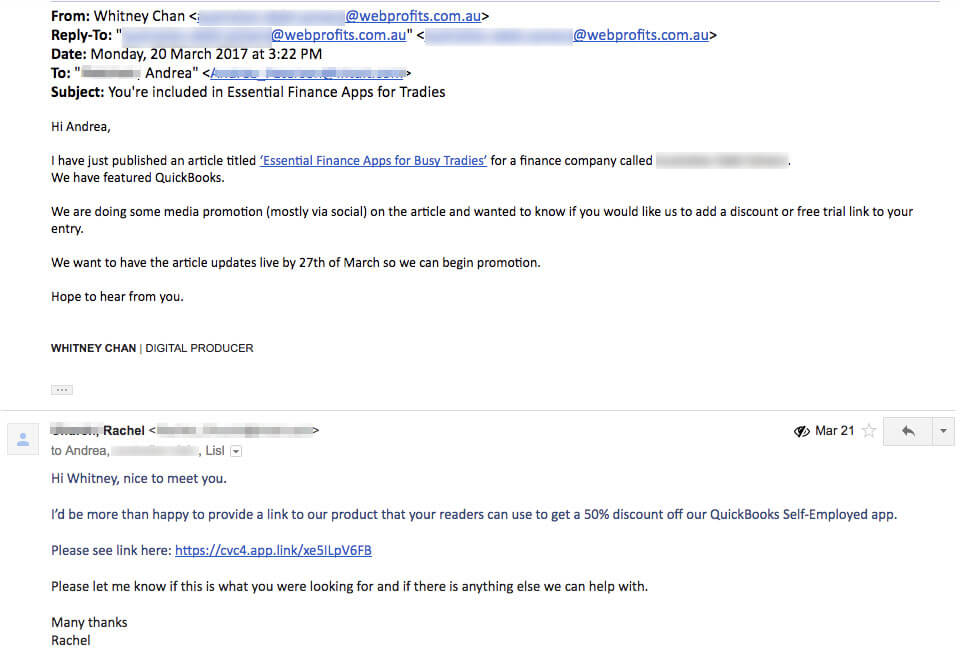
Using Facebook for promotion
If email outreach is the most effective in terms of strength of endorsement, Facebook is the most effective in terms of reach.
Not only do you have a potential reach of 1.8 billion (in theory), you can choose who you specifically want to pay to target. As we used Facebook ads to generate enquiries, we knew the audiences who would would find the content useful and targeted them. We were then able to target people who looked like those that read the content, and grew the audience even further.
Though we had a significant number of audiences, we found that different audiences reacted differently to each topic or piece of content. So again, it took ongoing optimisation to produce the best results.
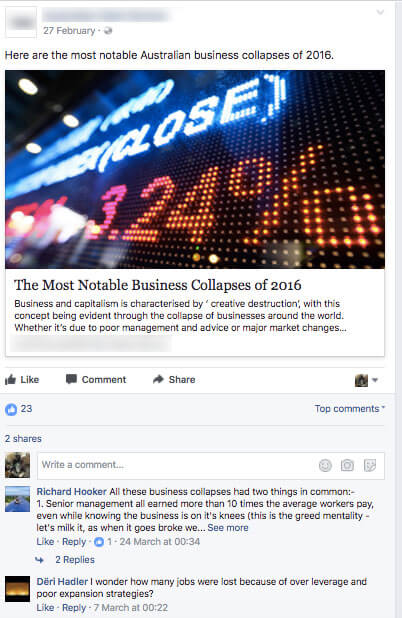
Facebook is the primary promotional tool we used for the highly successful article I mentioned previously, and to date we have experienced a cost per click of less than $0.08.
Using Facebook for promoting a special report
Promoting special reports on Facebook is slightly different to promoting other content. The main reason is the intent.
With standard articles and epic content, we want users to consume and share it. As a result, campaigns are optimised for engagement.
By contrast, the purpose of a special report is to capture email address. For this client, we set this action up as a custom conversion in Facebook and optimised the ads with email capture as the objective.
The results were great, with hundreds of new email addresses captured at $17 each.
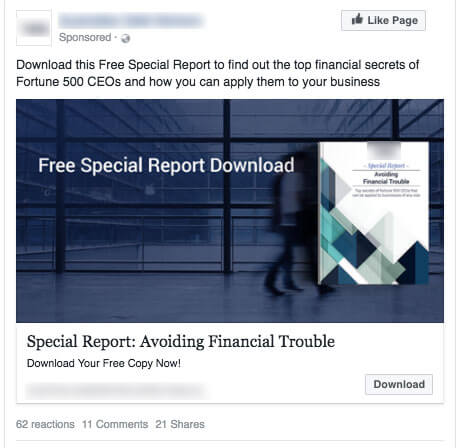
Having seen the success of generating enquiries with Facebook lead ads, we decided to do the same with the special reports. We used a service called Leadsbridge to send these enquiries directly into Mailchimp.
This can now be done through the integration service Zapier, but Leadsbridge offers some great additional features such as being able to create custom audience syncs, so we still prefer it.
These performed comparatively with the standard Facebook ads for the spec report.
Using LinkedIn To Promote Content
As we did with lead generation, we supplemented our B2B marketing with LinkedIn. Specifically, we promoted B2B-specific content through LinkedIn as well as Facebook.
This applied to the standard blog articles as much as it did to special reports. Where B2B was the focus, we always posted to LinkedIn.
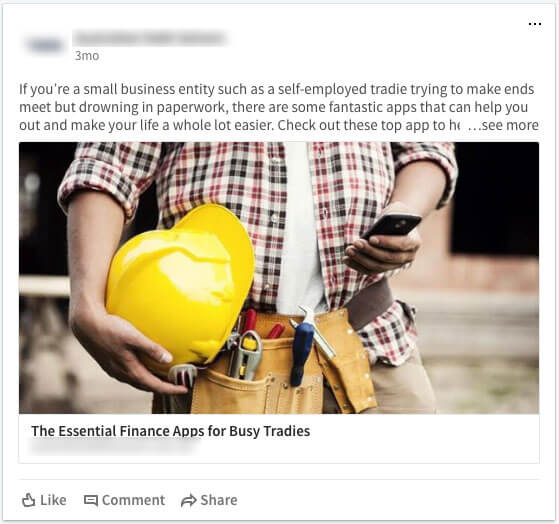
Post-Consumption Tactics
OK, so we’ve used content creation and promotion to drive people to our site, give us their email address, and become accustomed with the brand. What happens next?
Well, this is mainly top of the funnel activity. It’s making users aware of the brand. Each further content piece they see nurtures them to the next stage (hopefully) of engagement, where they actually consume, share, like or comment on your content, but we still want to get to the point where we can generate a return.
Popups
First things first, we tried to extract some value from visits to the blog and epic content pages. We used Optimonk to display popups that encouraged users to visit landing pages with an offer.
This popup was split tested to find the optimal message for conversion.
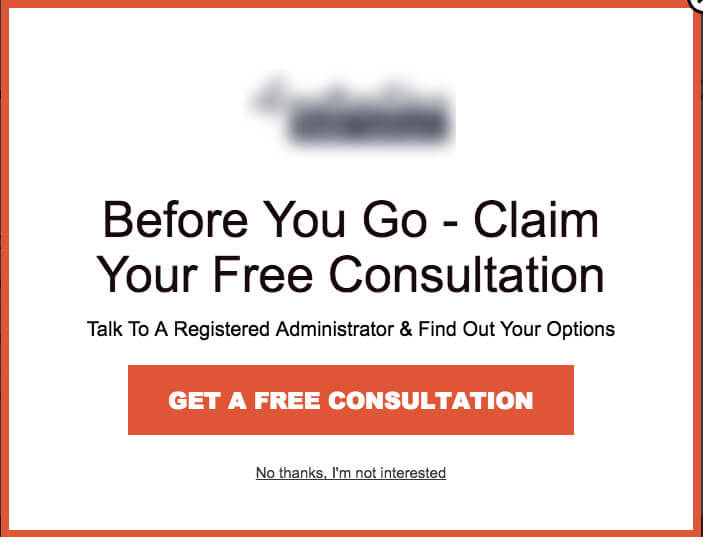
Though it doesn’t make a huge difference, we have generated additional conversions each month through this tactic.
Remarketing ads
I touched on these in these in the lead gen section, but I can’t stress enough how much of a role remarketing ads play in generating conversions. And content is by far the most efficient way to drive traffic to the site.
By having remarketing pixels (for both Facebook and Google) on the blog, and across the rest of the site, we were able to build considerably sized audiences of people who are interested in the content we were publishing. Not only that, with Facebook we were able to create lookalike audiences of these people and extend our reach for lead gen campaigns even further.
Email Sequences
These relate specifically to those users who supplied an email address in return for a special report. After capturing their email address, we followed up with a sequence of emails designed to provide further education that nurtures them, and then eventually (hopefully) converts them into a lead.
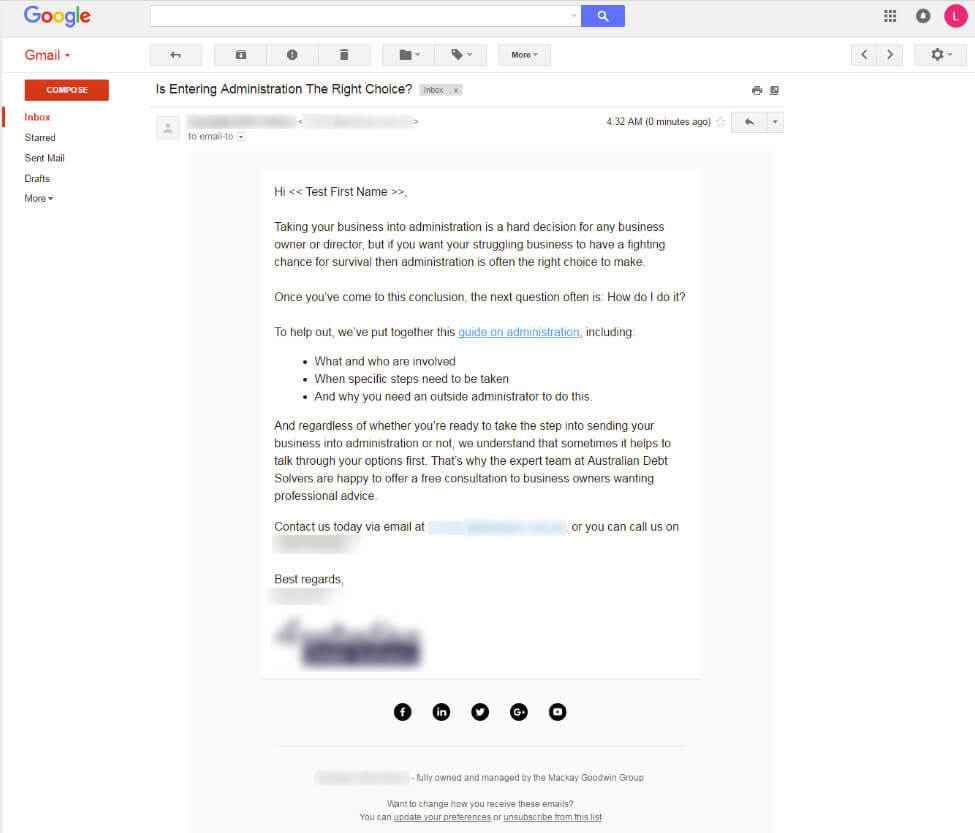
These email sequences are extensive, usually spanning 12 emails spread out over 3 months.
However, that’s not the only sequence we send. Email subscribers were constantly being segmented and moved into a new list once they completed a campaign. In fact, the map of of an email subscriber journey is so extensive, it needed to be printed on an A3 piece of paper in order to display it on one sheet.
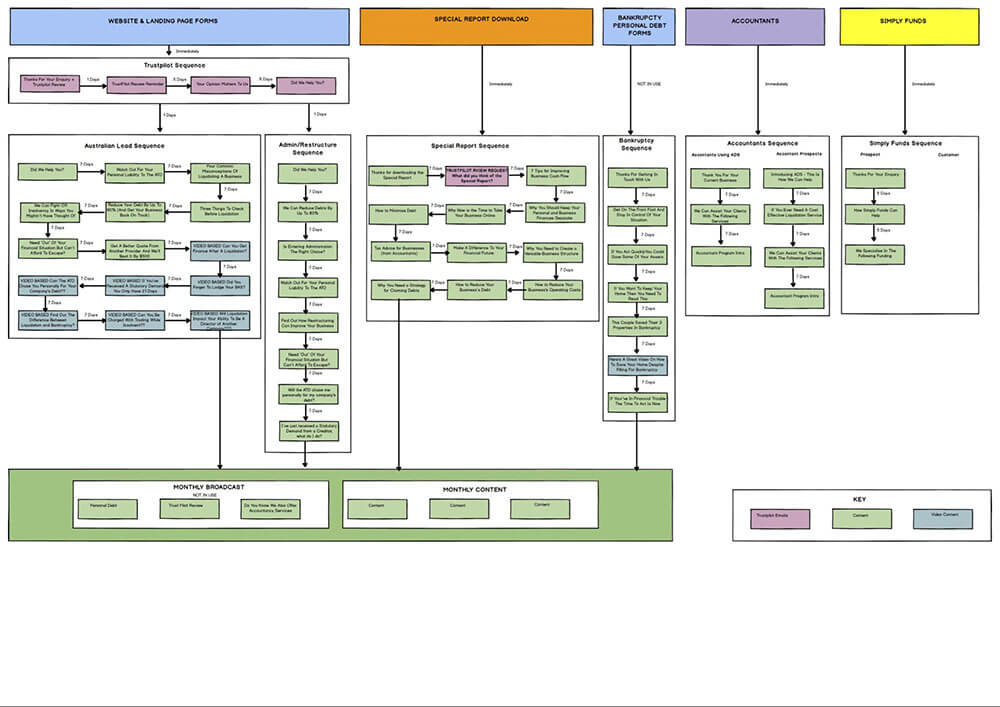
SEO
SEO is a tricky channel to place. Technically, it belongs in lead generation as that is the ultimate goal, but there is such a lag between implementing a strategy and seeing results that I thought it best to keep it separate.
Similarly, a lot of SEO benefit is garnered through content marketing, but there are also a lot of technical aspects so I thought it misleading to lump together with content marketing.
First and foremost let me say that SEO is not dead. An increasing number of searches happen in Google every single month, and it’s short-sighted not to ensure that your site is working its way to the top of those results. Trying to manipulate Google’s algorithm is foolish though, and not a practice we indulge in.
Here are a number of tactics we undertook to improve the organic position of this client. Though we can’t attribute any one of these directly to the improvement in performance, we have seen the following results:

Onsite Optimisations
It’s prudent to regularly run an audit of the onsite factors on a website, and that’s exactly what we did for this client. I could list every single optimisation but, to be honest, the majority are things you can find in any good article about onsite optimisation (if you insist, here is an article I would recommend).
One optimisation which might not be in every “how to” guide, however, is taking PPC ad text which has a particularly high click through rate and adding it to the meta description for related pages. This increases your chances of getting a click regardless of which organic position you’re appearing in and is a tactic we employed for this client.
Link Building
Link building is still considered a dirty term in the post-penguin SEO era, but there’s no need to be afraid of it. Links still are, and likely always will be, a ranking factor in Google’s algorithm and, regardless of how good your site is, it’s not true that “if you build it, they will come”.
We built links to the client’s website entirely through content marketing strategies. All of the outreach that was successful led to links being sent back to the blog articles we were promoting. Epic content in particular received links from high quality sites
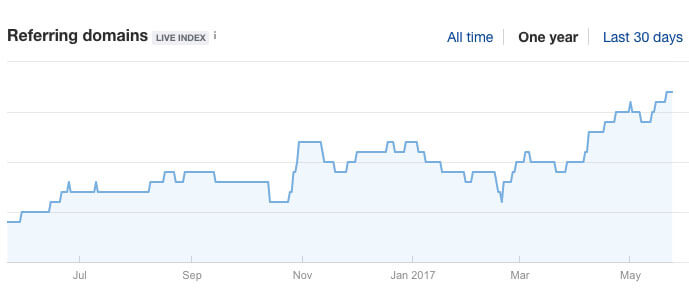
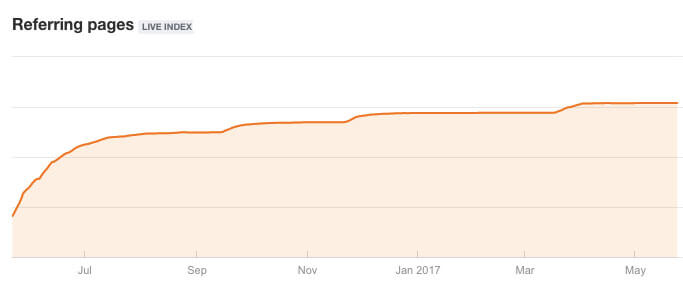
NAP Checklist
A quick and easy win we did early on was to run through a NAP checklist. NAP stands for Name, Address and Phone number, and this checklist runs through the most common directories on the web, either generally or for the client’s specific niche, to ensure that the client is listed correctly.
Not a groundbreaking move by any means, but in a competitive SEO environment, every little change can help.
YouTube Optimisation
People often forget that the 2nd biggest search engine (at least in the English speaking world) is YouTube. This client has over the past two years produced a lot of helpful video content, and much of it provides traffic back to the site.
Just as you would optimise content on your blog for search engine rankings, we optimised the client’s video content. This included optimising titles and descriptions to contain the main keywords that were relevant.
Conclusion
As mentioned earlier, the key strength of this strategy is not any one tactic, channel, or action in particular. The success hinges on each of the channels and actions combining to have an effect that is far greater than the sum of their performance alone. Not only that, but they ensure success in the short, medium and long term.
Having said that, it’s important to approach the creation of any strategy with a clean slate, a solid understanding of that business, and as much data as you can get your hands on. Each business is unique, and so each strategy should be too. For example, if this were an eCommerce business, there would likely be a heavier emphasis and investment into SEO to capture organic enquiries. If you’d like to know more, check out this comprehensive guide to investing your marketing budget.
Fluid marketing is an approach that can work for any business. If you’re interested in finding out what it can do for your marketing performance then get in touch and our strategists will arrange a time for a chat.





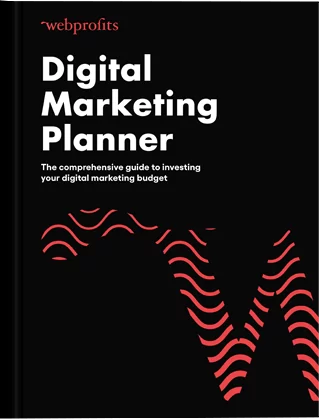
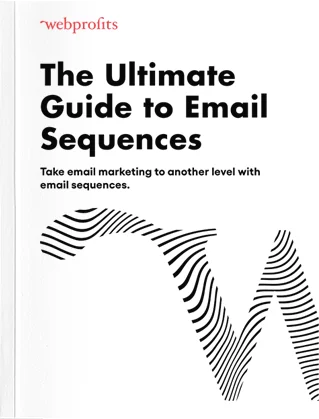
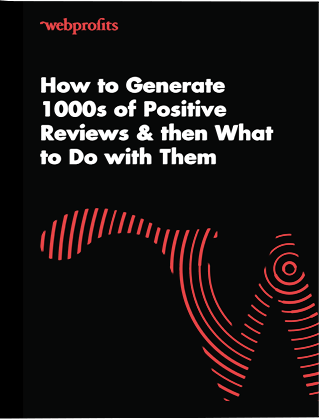
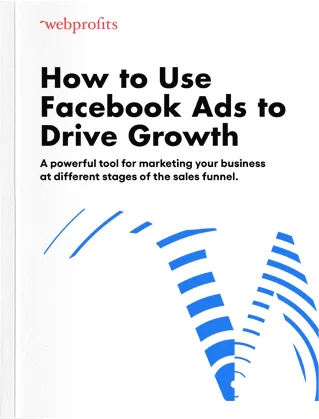
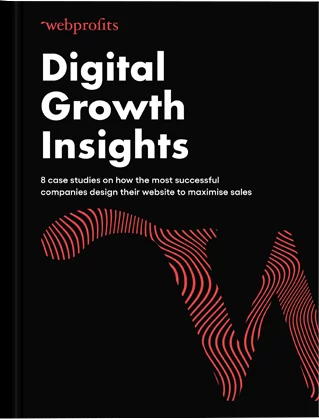
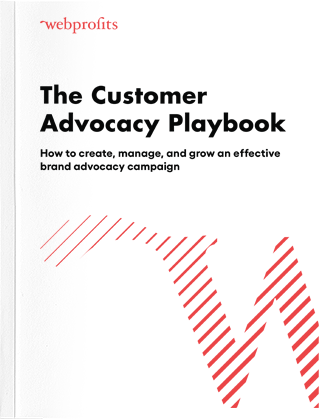
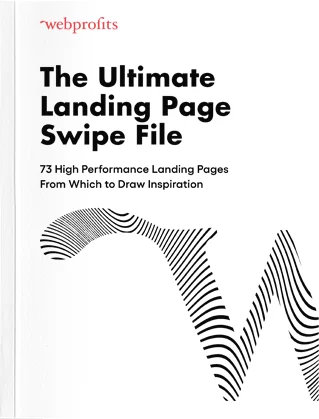

Impressive. Thanks for the extensive case study. I am not using all of these tactics and will assess what I can do to improve for my clients.
Thanks again.